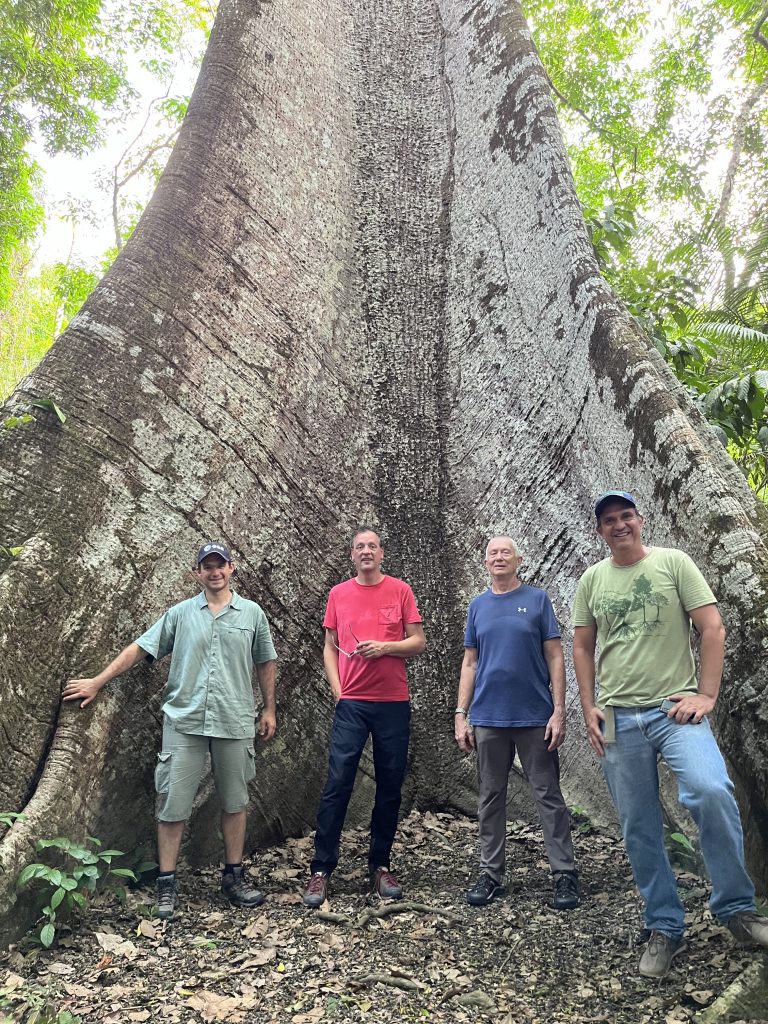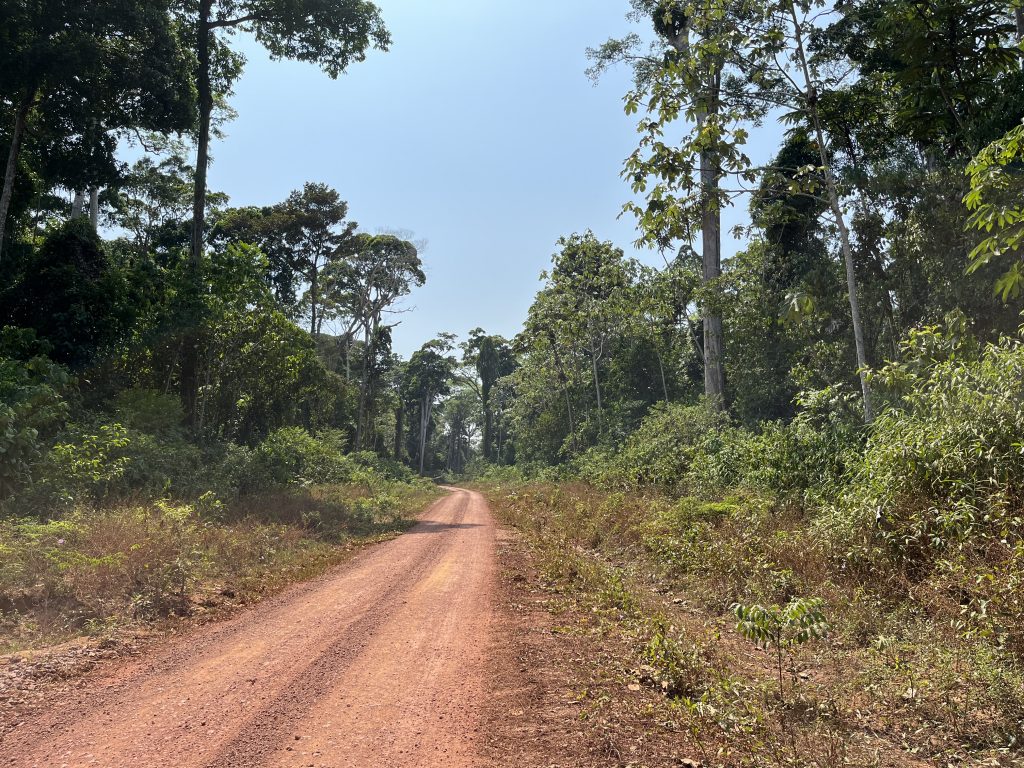Next year, an area of the Amazon, in the state of Pará in Brazil, will become the site of a big field experiment to measure and understand greenhouse gas emissions from forests in support of the global stocktake and the goals of the Paris Climate Change Agreement. But first, a team of ESA scientists has had to venture into the forest to assess the infrastructure they need to make it happen.
There is a significant degree of uncertainty about current and projected emissions of greenhouse gases from the Amazon. The idea is to help rectify this through a large-scale field experiment similar to the IMBIE project, which improves estimates of ice sheets and their contribution to sea-level rise.
Recommended by the Committee on Earth Observation Satellites, field experiments such as that being set up in the Amazon could make major contribution to understanding greenhouse gas emission trends from natural sources.
The hope is that this new experiment will bring together a complete suite of observations and models in one of the specific critical zones currently regarded as tipping points of terrestrial emissions.

Difference in forest cover between 1989 (top) from Landsat and 2022 (bottom) from Copernicus Sentinel-2. The bottom image also shows the road to the flux tower that will be used during the campaign. (credits: Top: USGS/Landsat, processed by ESA; Bottom: contains modified Copernicus Sentinel data (2022), processed by ESA)
The experiment in the Amazon is foreseen to cover around 100 x 100 km and includes a range of different types of land cover such as degraded land, agriculture, secondary and intact forests. It is also where the experimental sites of the Large-Scale Biosphere-Atmosphere Experiment in Amazonia (LBA) led by Brazil’s National Institute for Space Research is located.

The team on top of an observation tower. (credits: ESA)
This site already has a solid research infrastructure in place, including flux towers allowing canopy access for eddy covariance measurements, and a basecamp. It not only gives ESA the opportunity to engage with LBA scientist, but it will also provide LBA with new opportunities to expand and go beyond standard ecological measurements to include novel remote-sensing.

Huge Amazon tree. (credits: ESA)
The field experiment will include taking greenhouse gas measurements with instruments carried on aircraft and from towers and from the ground.
To check out the current infrastructure, understand more about the complexity of the landscape and set up additional things needed, a team of scientists recently spent a week at the site as a first step in the preparation of the field campaign.

Road through the forest. (credits: ESA)
Post from: Clement Albergel (ESA)








Discussion: no comments